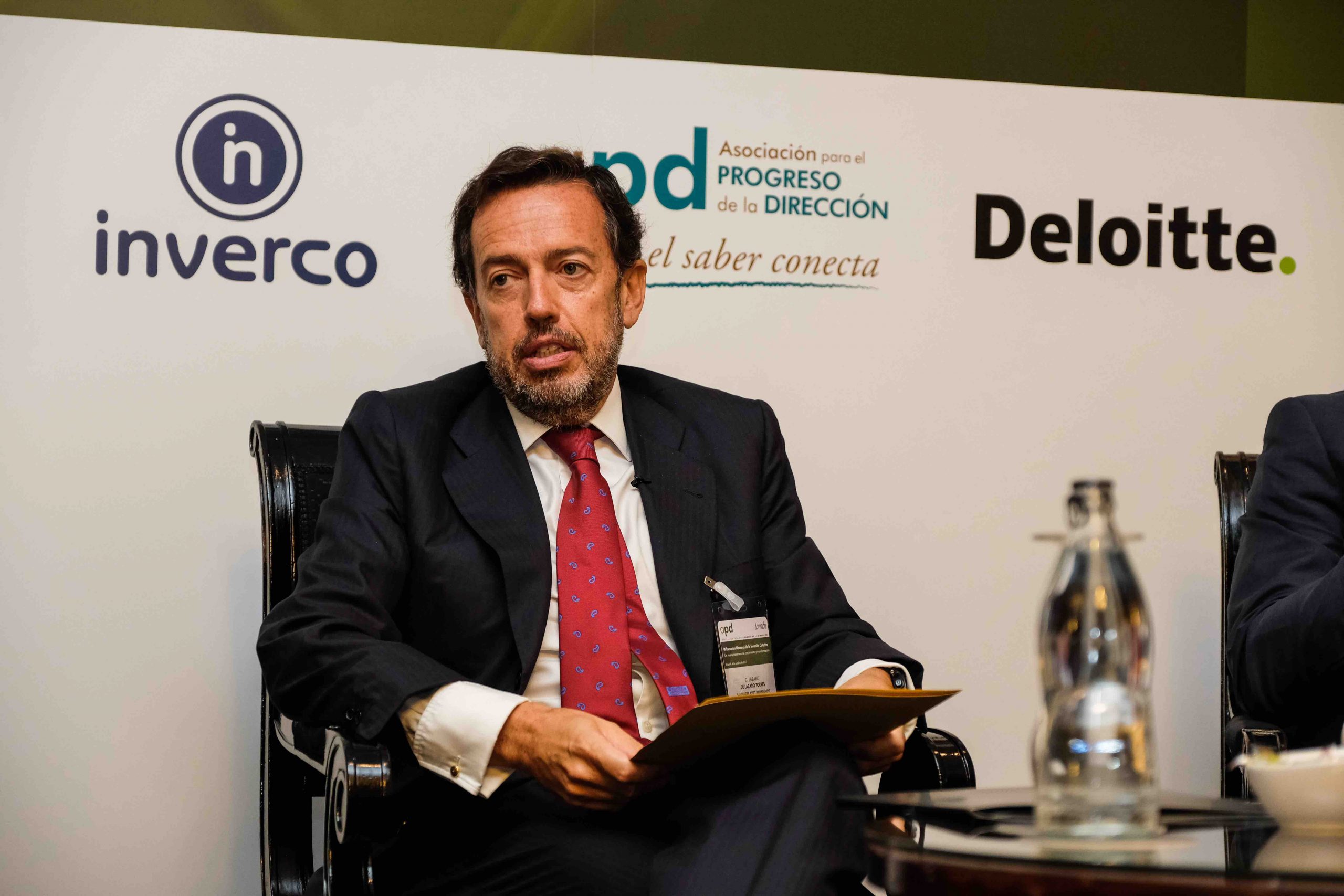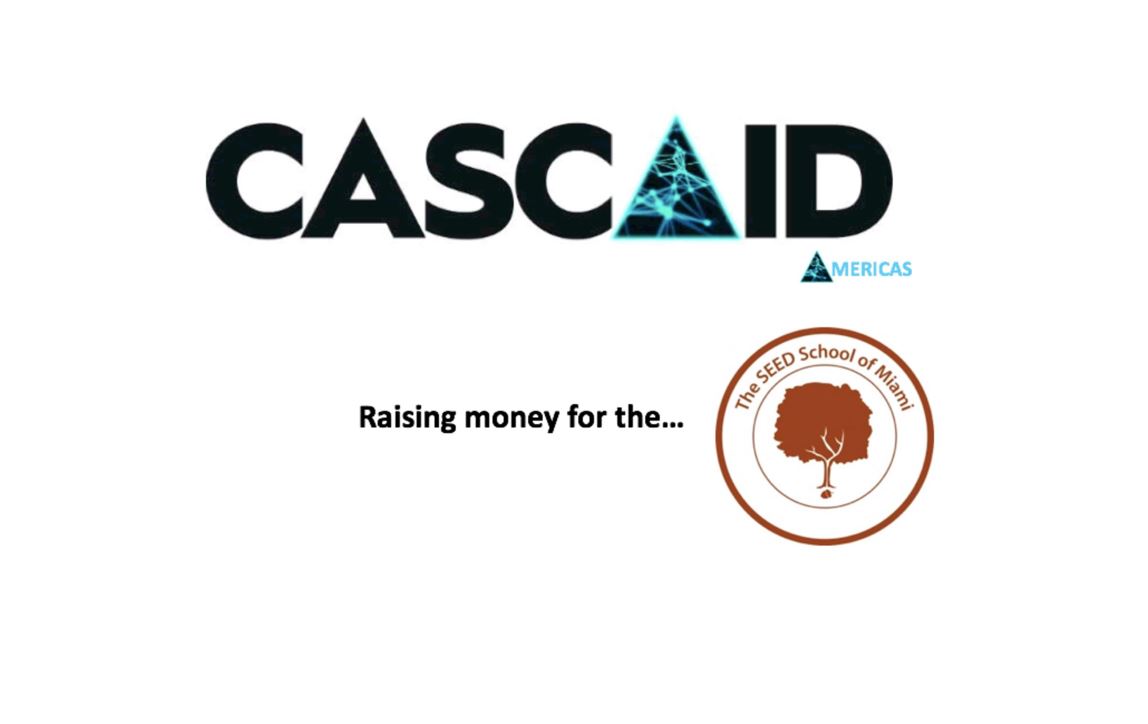Trade, Treasuries and Trump: Three Keys for Growth in 2019
| For Beatriz Zúñiga | 0 Comentarios

For most of the last decade we have lived in what has often been termed a “Goldilocks economy.” Much as the fair-haired, home-invading subject of the children’s story found one bowl of porridge to be “just right,” economic growth and inflation have been neither too hot nor too cold1. During this time, coordinated action by the world’s central banks kept interest rates near zero and the prices of nearly all asset classes high. The US economy is in its 113th month of expansion, seven months short of the record. Notwithstanding a recent stumble, US equities are 119 months into the longest-ever bull market, led mostly by growth stocks riding a global wave of technological innovation and expanding prosperity. Except for growth scares in 2011, 2015 and perhaps one day in November 2016, market volatility has been low and its upward trajectory largely uninterrupted. There are signs, however, that the narrative may be changing as a turn in the aging business cycle may be accompanied by a wholesale shift in socio-political regimes from globalism to nationalism and capital to labor. Populism is on the march around the world with long-term effects that are unclear, but unlikely to be positive for equities. As in the story, the bears will eventually return home; their timing and mood is uncertain, as is how much of this eventuality the market has already discounted. Against this backdrop we believe bottom-up, fundamental stock selection of the type we have practiced for over forty years remains more important than ever.
The Political Economy of 2018
The most salient issue for the market is growth – with corporate tax cuts behind us and little slack left in the economy, growth will almost certainly slow from the 3-4% posted in 2018. That does not necessarily imply a recession, defined as two consecutive quarters of contraction, is on the immediate horizon. How far above or below the approximately 2% real growth that population and productivity gains suggest is “just right” depends on many factors including what we have described variously as Three T’s: Trade, Treasuries and Trump.
Trade
President Trump made “fair trade” the centerpiece of his election campaign and he has thus far made good on his promise to challenge the prevailing post-war “free trade” orthodoxy (however illusory that reality might have been). Hope for a trade deal with China rose when the administration renegotiated NAFTA, now called USMCA (the initials of its US, Mexican and Canadian signatories). The market understandably zags with each hint that a China deal could emerge since China accounts for over half of the US’ $600 billion trade deficit and remains our third largest export destination. The situation takes on even greater significance due to China’s role as an engine for global growth. China is slowing as it faces domestic structural imbalances. Pressure from President Trump exacerbates those issues, but a deal is unlikely to solve them or heal the lasting damage done to the Sino-American symbiosis.
Treasuries
Also critical to the outlook for the economy and stocks are the level and trajectory of interest rates. Since the Federal Reserve began its taper four years ago in October 2014, the ten-year Treasury rate breached 3% this year for the first time since 2013, standing now just below that level. Higher interest rates have real world impacts – they make the purchases of new homes, cars, capital equipment, companies and the US deficit more expensive to finance. All else equal, higher rates reduce the value of risk assets by making the alternative home for capital, “riskless” Treasuries, more attractive. The term structure of interest rates (aka the yield curve) has also been ascribed predictive powers. Inverted curves – situations in which the ten-year yield exceeds the two-year yield – have predicted all nine recessions since 1955, albeit with two false positives and a wide variation in timing. The virtually flat yield curve today thus worries some observers.
Trump
While there has always been a healthy interplay between markets and political figures, President Trump’s twitter habit, unpredictability and the potential legal challenges to his presidency have made him more “center row orchestra” than past leaders. Among the concerns for the next two years is how a Democratic Congress with no interest in helping Trump get re-elected approves the USMCA, a debt ceiling extension and further fiscal stimulus, especially when the ask may be a tweak to the tax cuts. Interestingly, the War on Tech (i.e. privacy and anti-trust investigations of Facebook, Google, Amazon and others) seems to be one of the few issues with bipartisan support and is worth watching in 2019. Geopolitical disruption is not unique to the US: if and how the UK exits the European Union, the precarious positions of leaders in Germany, France and Italy, not to mention the typical entanglements in the Middle East, also remain a focus.
Skeptics Could Be Wrong If Things Go Right
Not all news – whether real or fake – is bad of course. In fact, many economic indicators are quite strong, with 3.7% unemployment the lowest since the tumult of 1969, record consumer net worth ($109 trillion) and interest rates and inflation that, viewed over a longer time frame, remain quite tame. The Federal Reserve and the President are probably not past the point of no return and still have not lost policy control: President Trump, who possesses a keen sensitivity to the stock market, could resolve the trade war and the Fed could blink on 2019 rate hikes. That would leave reason to believe the expansion could continue and that the current state of the market is the pause, like the previous ones in this cycle, that refreshes.
Mr. Market
Causation, Correlation or Neither
The S&P 500 is down 6% and the small capitalization Russell 2000 index is down 13% to date, with each off 16% and 24% from the peaks in those indices in September and August, respectively. For most of the year, the performance of the S&P 500, dominated by six technology stocks (Facebook, Amazon, Netflix, Google, Apple and Microsoft – the “FANGMA”) that comprise 15% of its weight, masked the more significant declines posted by a broader group of stocks. Approximately two-thirds of stocks in the S&P 500 are negative this year with one-third down more than 20%. Even the vaunted FANGMA is now 25% off its highs, adding credence to the notion that the global growth trend may be broken. “Buy the Dip” has morphed to “Sell the Rip.”
Market declines of this magnitude could be expected to impart a negative wealth effect, i.e. consumers with slimmer brokerage statements feeling less inclined to make discretionary purchases, which could exacerbate an economic slowdown, but market declines are more often simply a precursor, not a trigger, of recessions. Since 1929, there have been sixteen bear markets with most, though not all, pacing a recession by approximately one year (the recession-less crash of October 1987 a notable exception). It is also worth stating that the market does not equal the economy. Just as some have suggested Wall St. prospered without much of Main St. over the last decade, the reverse could conceivably prove true.
Valuation Today vs. Five Years Out
In any case, stocks are already pricing a slowdown and/or higher rates. A flat year-to-date equity market compared with estimated EPS gains of 22% in 2018 and 8% in 2019, implies a contraction in forward multiples from 18x at the end of 2017 to roughly 15x today. That is at the low end of historical multiples during periods with inflation in the 0-3% area. This suggests that the market as a whole does not appear expensive. We do not buy the “market,” but we are finding a lot of bargains in individual stocks recently.
Deals, Deals & More Deals
Deal activity slowed through the year as political uncertainty weighed, but the underpinnings for mergers (low interest rates and a lack of organic growth opportunities) remain and the potentially waning days of the present administration may encourage activity sooner rather than later. Spin-offs rebounded in 2018 (twenty-six by our count), including two by Honeywell and one pre-takeover spin-off by KLX. Notable upcoming announced separations include Madison Square Garden’s spin of its sports teams, 21st Century Fox’s pre-deal spin of its news and broadcast assets, and three-way spins by DowDuPont and United Technologies. As discussed in the past, we like spin-offs because they not only tend to surface value but often serve as the source of new ideas.
Conclusion
Last year, we expressed surprise that a strong market was overlooking what seemed to be mounting risks late in the economic cycle. As many of those challenges – trade disputes, higher interest rates, political discord – play out, we wonder if the market is now ignoring what continue to be decent corporate fundamentals. Ultimately our job is to do the work on the microeconomic elements of each company and industry we cover, examine how the changing macroeconomic environment impacts those variables and make buy and sell decisions that balance the resulting opportunities and risks. Since the bears inevitably come home in each cycle, we have always erred on the side of capital preservation and that will especially be the case going forward. Children’s stories don’t always have happy endings but they serve as cautionary examples that we have heeded well.
““Goldilocks and the Three Bears” was an old tale first recorded by poet Robert Southey in 1837. Market commentator use of the analogy dates to at least the late-1990s expansion.
To access our proprietary value investment methodology, and dedicated merger arbitrage portfolio we offer the following UCITS Funds in each discipline:
GAMCO MERGER ARBITRAGE
GAMCO Merger Arbitrage UCITS Fund, launched in October 2011, is an open-end fund incorporated in Luxembourg and compliant with UCITS regulation. The team, dedicated strategy, and record dates back to 1985. The objective of the GAMCO Merger Arbitrage Fund is to achieve long-term capital growth by investing primarily in announced equity merger and acquisition transactions while maintaining a diversified portfolio. The Fund utilizes a highly specialized investment approach designed principally to profit from the successful completion of proposed mergers, takeovers, tender offers, leveraged buyouts and other types of corporate reorganizations. Analyzes and continuously monitors each pending transaction for potential risk, including: regulatory, terms, financing, and shareholder approval.
Merger investments are a highly liquid, non-market correlated, proven and consistent alternative to traditional fixed income and equity securities. Merger returns are dependent on deal spreads. Deal spreads are a function of time, deal risk premium, and interest rates. Returns are thus correlated to interest rate changes over the medium term and not the broader equity market. The prospect of rising rates would imply higher returns on mergers as spreads widen to compensate arbitrageurs. As bond markets decline (interest rates rise), merger returns should improve as capital allocation decisions adjust to the changes in the costs of capital.
Broad Market volatility can lead to widening of spreads in merger positions, coupled with our well-researched merger portfolios, offer the potential for enhanced IRRs through dynamic position sizing. Daily price volatility fluctuations coupled with less proprietary capital (the Volcker rule) in the U.S. have contributed to improving merger spreads and thus, overall returns. Thus our fund is well positioned as a cash substitute or fixed income alternative.
Our objectives are to compound and preserve wealth over time, while remaining non-correlated to the broad global markets. We created our first dedicated merger fund 32 years ago. Since then, our merger performance has grown client assets at an annualized rate of approximately 10.7% gross and 7.6% net since 1985. Today, we manage assets on behalf of institutional and high net worth clients globally in a variety of fund structures and mandates.
Class I USD – LU0687944552
Class I EUR – LU0687944396
Class A USD – LU0687943745
Class A EUR – LU0687943661
Class R USD – LU1453360825
Class R EUR – LU1453361476
GAMCO ALL CAP VALUE
The GAMCO All Cap Value UCITS Fund launched in May, 2015 utilizes Gabelli’s its proprietary PMV with a Catalyst™ investment methodology, which has been in place since 1977. The Fund seeks absolute returns through event driven value investing. Our methodology centers around fundamental, research-driven, value based investing with a focus on asset values, cash flows and identifiable catalysts to maximize returns independent of market direction. The fund draws on the experience of its global portfolio team and 35+ value research analysts.
GAMCO is an active, bottom-up, value investor, and seeks to achieve real capital appreciation (relative to inflation) over the long term regardless of market cycles. Our value-oriented stock selection process is based on the fundamental investment principles first articulated in 1934 by Graham and Dodd, the founders of modern security analysis, and further augmented by Mario Gabelli in 1977 with his introduction of the concepts of Private Market Value (PMV) with a Catalyst™ into equity analysis. PMV with a Catalyst™ is our unique research methodology that focuses on individual stock selection by identifying firms selling below intrinsic value with a reasonable probability of realizing their PMV’s which we define as the price a strategic or financial acquirer would be willing to pay for the entire enterprise. The fundamental valuation factors utilized to evaluate securities prior to inclusion/exclusion into the portfolio, our research driven approach views fundamental analysis as a three pronged approach: free cash flow (earnings before, interest, taxes, depreciation and amortization, or EBITDA, minus the capital expenditures necessary to grow/maintain the business); earnings per share trends; and private market value (PMV), which encompasses on and off balance sheet assets and liabilities. Our team arrives at a PMV valuation by a rigorous assessment of fundamentals from publicly available information and judgement gained from meeting management, covering all size companies globally and our comprehensive, accumulated knowledge of a variety of sectors. We then identify businesses for the portfolio possessing the proper margin of safety and research variables from our deep research universe.
Class I USD – LU1216601648
Class I EUR – LU1216601564
Class A USD – LU1216600913
Class A EUR – LU1216600673
Class R USD – LU1453359900
Class R EUR – LU1453360155
Disclaimer:
The information and any opinions have been obtained from or are based on sources believed to be reliable but accuracy cannot be guaranteed. No responsibility can be accepted for any consequential loss arising from the use of this information. The information is expressed at its date and is issued only to and directed only at those individuals who are permitted to receive such information in accordance with the applicable statutes. In some countries the distribution of this publication may be restricted. It is your responsibility to find out what those restrictions are and observe them.
Some of the statements in this presentation may contain or be based on forward looking statements, forecasts, estimates, projections, targets, or prognosis (“forward looking statements”), which reflect the manager’s current view of future events, economic developments and financial performance. Such forward looking statements are typically indicated by the use of words which express an estimate, expectation, belief, target or forecast. Such forward looking statements are based on an assessment of historical economic data, on the experience and current plans of the investment manager and/or certain advisors of the manager, and on the indicated sources. These forward looking statements contain no representation or warranty of whatever kind that such future events will occur or that they will occur as described herein, or that such results will be achieved by the fund or the investments of the fund, as the occurrence of these events and the results of the fund are subject to various risks and uncertainties. The actual portfolio, and thus results, of the fund may differ substantially from those assumed in the forward looking statements. The manager and its affiliates will not undertake to update or review the forward looking statements contained in this presentation, whether as result of new information or any future event or otherwise.









